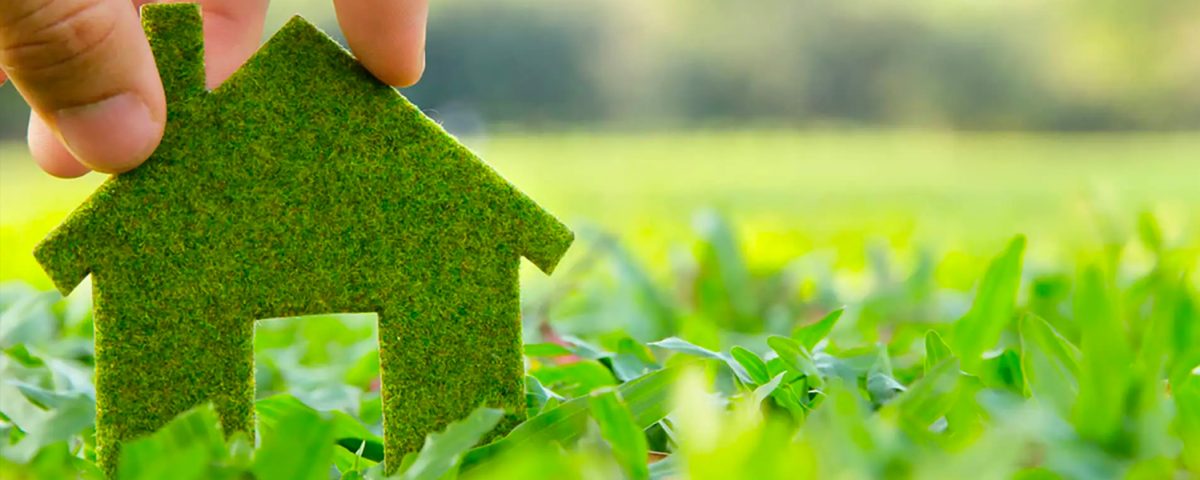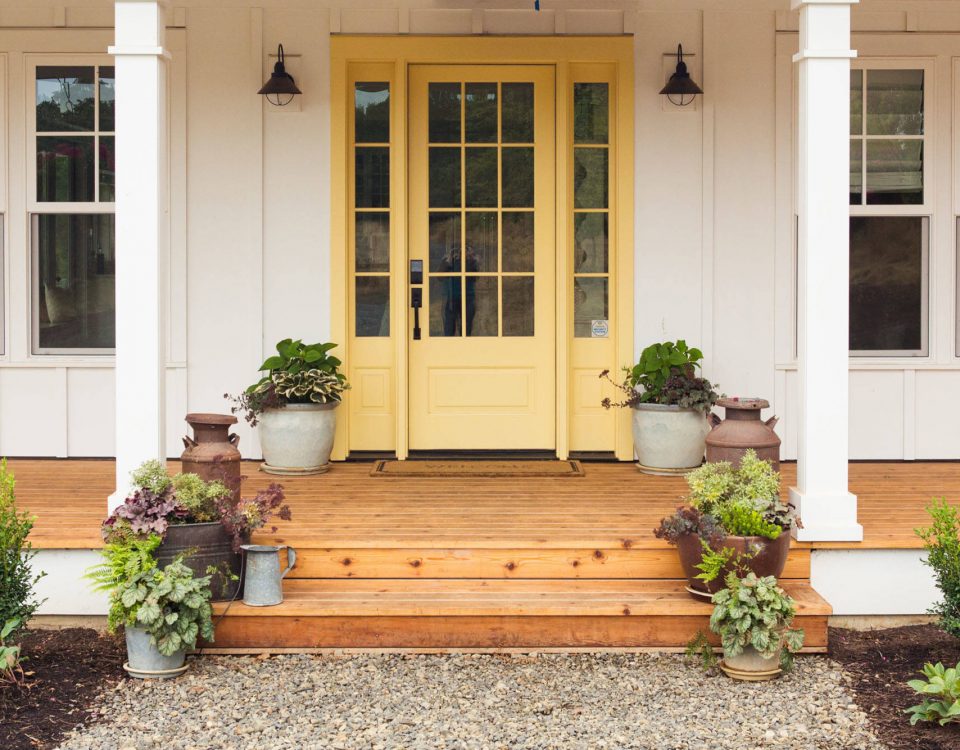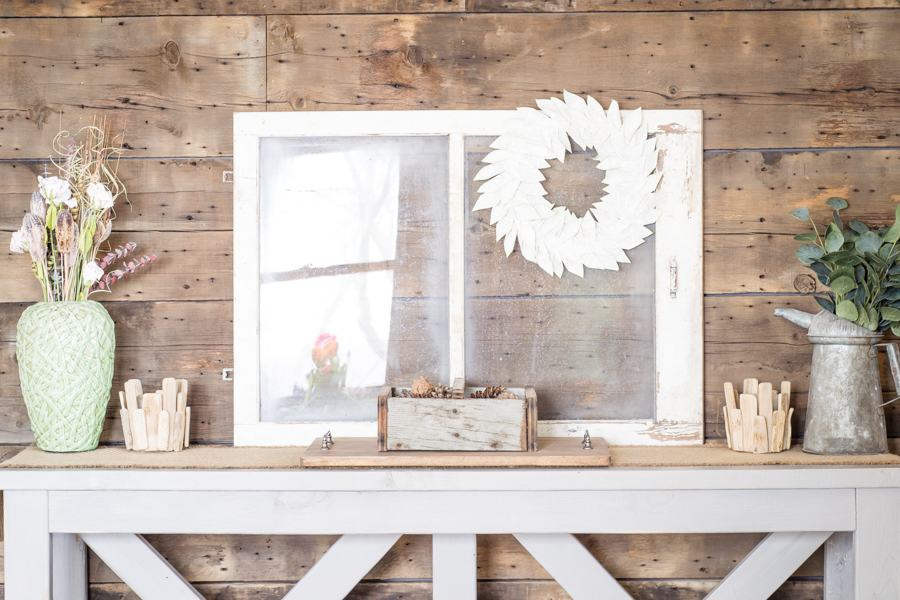Eco Friendly Home

Backyard Theatre
June 24, 2022
Cottage Decor
July 8, 2022How to Create an Eco Friendly Home
There are so many wonderful benefits to the environment when you make the conscious effort to “go green”. We can reduce the destruction of ecosystems in nature by switching a few of our daily habits. Making a few simple changes to your lifestyle can greatly impact our earth in a positive way. Plus, going green can also save you money a lot of the time, so it gives you a financial benefit as well. It also helps to support your local businesses and community when you do things such as visit the farmers market rather than grocery shopping at the local supermarket. Doing things such as walking rather than driving to your destination can help protect the environment from pollution. There are so many easy ways to use green solutions at home, read on for a few ideas on what you can do to help save the planet! One grocery bag at a time!
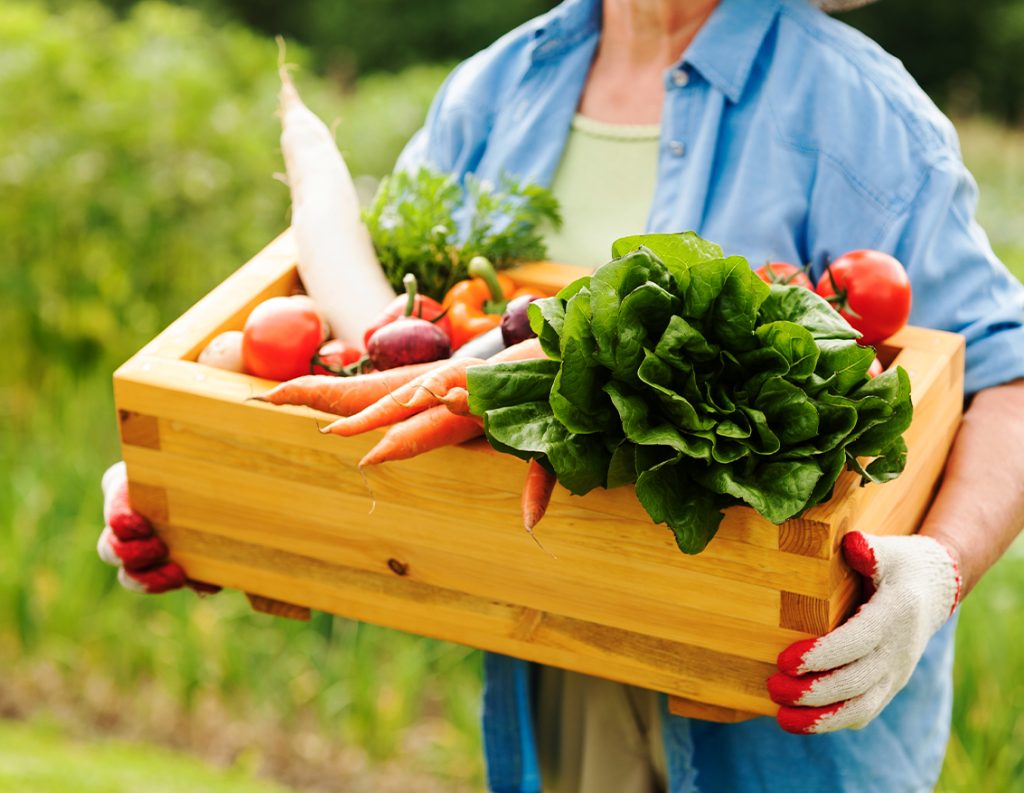
Plant a Vegetable Garden
There are so many great benefits of planting a vegetable garden! Number 1, you always know that your vegetables are organic! You don’t have to worry about any sort of pesticides or chemicals being used to treat your plants. You can also save money on groceries when you grow your own produce at home. Not to mention, the act of planting a garden allows you time in the outdoors. It can be a really fun activity and a stress reliever! Another great thing about having your own backyard veggie garden is that you won’t have to water it as much, which conserves your water usage as well. Depending on how much rain falls from the sky, nature will keep your plants nice and hydrated! Check out our great article with 15 easy-to-grow vegetables!
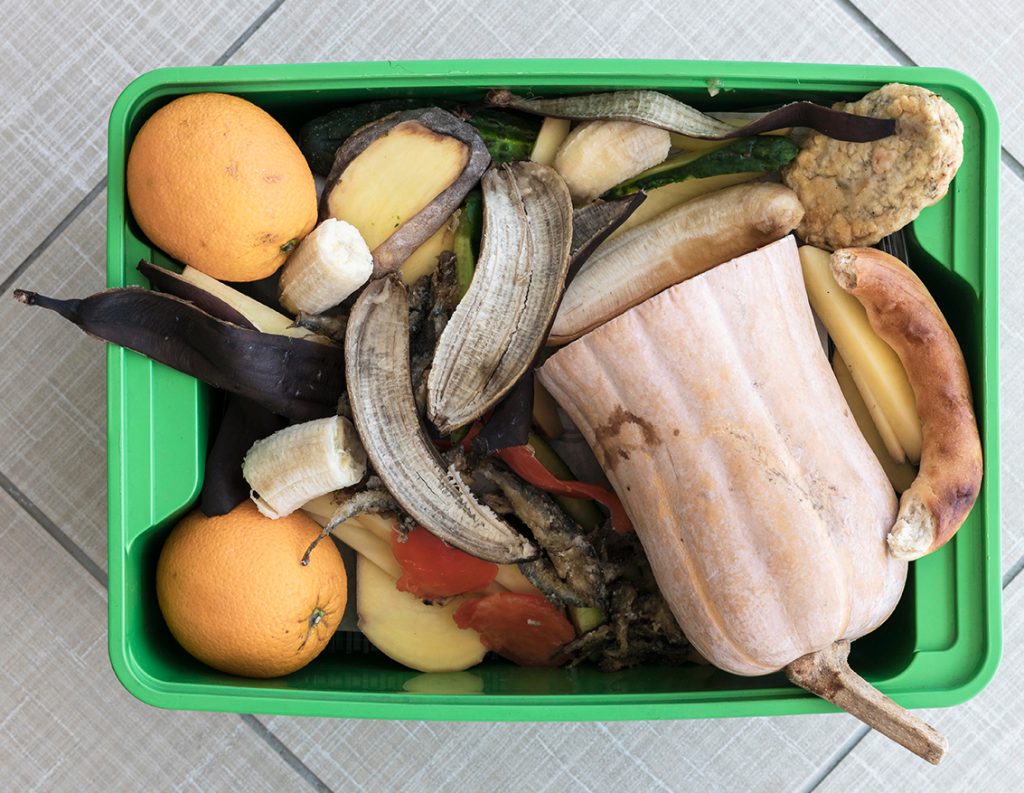
Use A Compost
Did you know that as much as 30% of your household waste can be diverted into compost? Rather than tossing away all of your organic waste, why not throw it into compost instead! You can then feed your garden with your composted material! What could be more “green” than that! You can create your very own compost pile at home by throwing your organic matter into a designated bag or box. If it is the middle of winter and you don’t want a smelly bag of compost in your kitchen, you can toss it into your freezer until spring. Once the snow melts, you can move your composted matter into the backyard. The 3 main components of a well-mixed compost are nitrogen, carbon and water. A few examples of nitrogen include tea leaves, leftover produce and able scraps, garden weeds and flower cuttings. Some carbon examples include newspaper, leaves, dryer lint, cardboard and pine needles. Be sure to add some water to the mix to help break everything down.
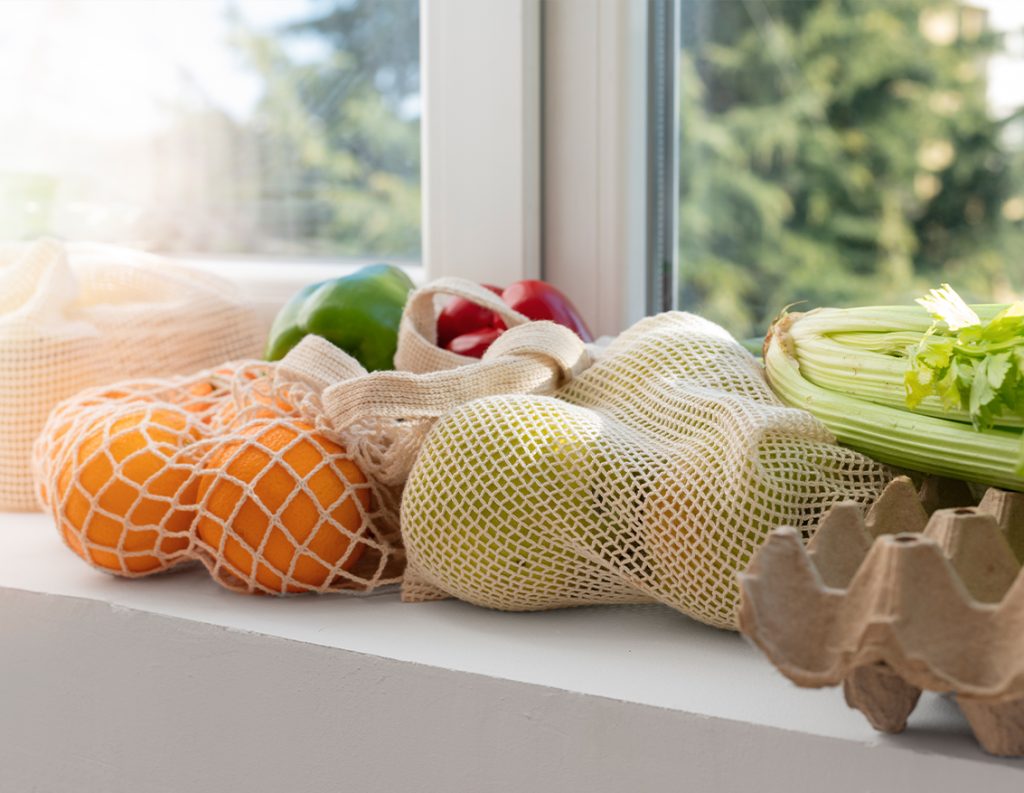
Get Reusable Bags
Did you know that over 5 TRILLION plastic grocery bags are thrown away every year? That’s 160,000 bags per second! Sadly, less than 1% of these bags are actually recycled. Unfortunately, the plastic polyethylene material they are made out of takes centuries to break down. The worst part? These bags are typically used in an average household for only 12 minutes in total and then thrown away. This plastic is not only sitting in landfills, but it is also filling up our planet’s oceans as well. An easy fix? Try out reusable bags! You can even get reusable produce bags so you never need to endure the frustration of trying to open one of those little bags in the produce section again, it’s a win-win! Plus, you don’t have to pay an extra 5-10 cents at checkout when you bring your own bags.
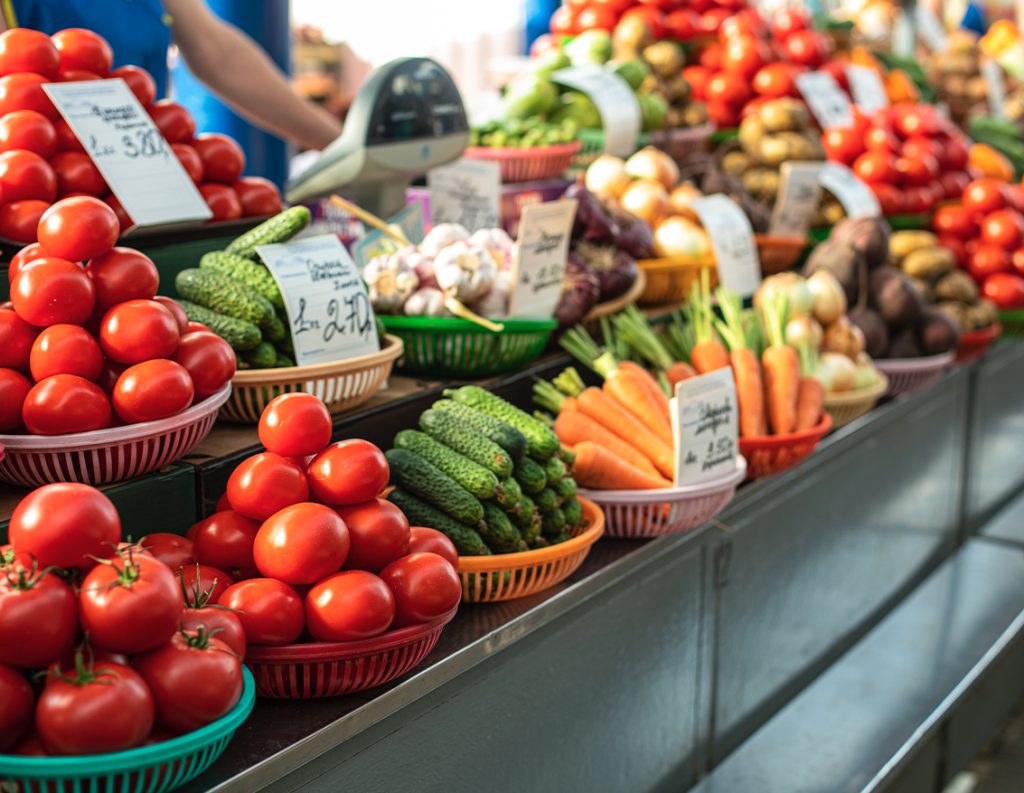
Shop at Farmers Markets
Shopping at your local farmers’ market not only supports your community but is also a great way to be eco-friendly. The farmers who sell at markets usually don’t create as much waste and pollution as their larger company competitors. Many of these farmers will use organic substitutes for synthetic pesticides and other chemicals that pollute the earth. Your food will also be fresher when it comes from a local farm, rather than travelling thousands of kilometres across the country. A lot of the time, the price of the products you purchase at a farmer’s market is cheaper than your grocery store as well. You are not only supporting local but also saving money!
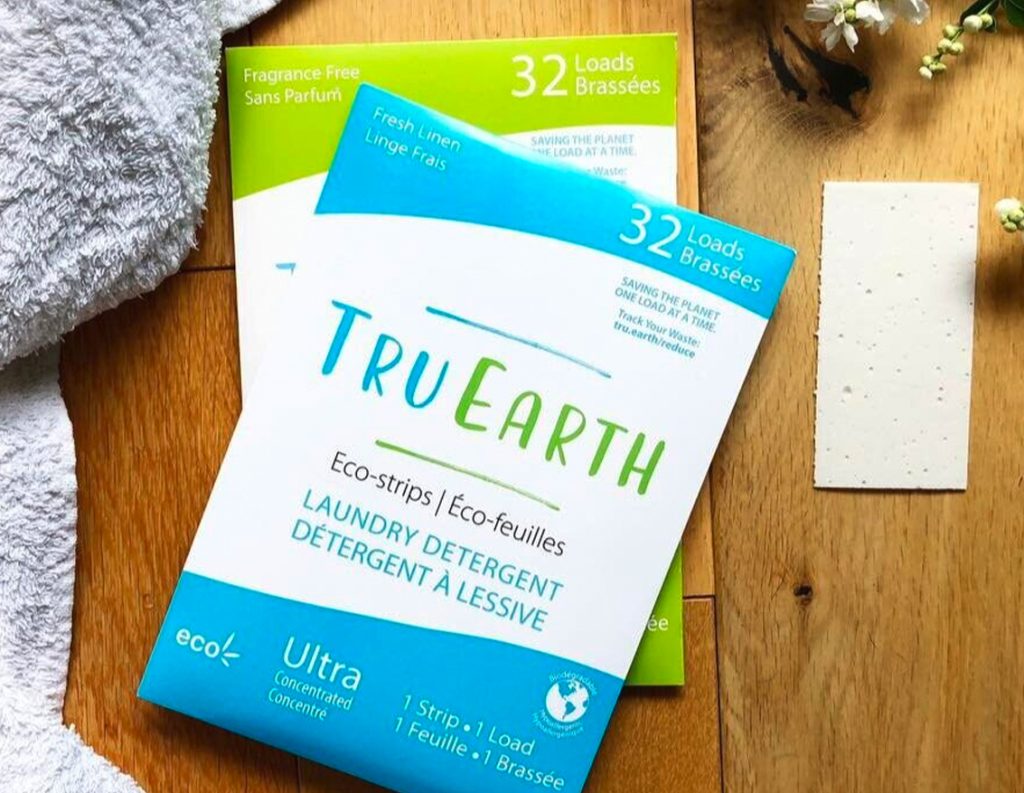
Try Eco-Friendly Products
There are a ton of new eco-friendly alternatives to chemicals and plastics available to you on the market. A simple switch of your laundry detergent can help save our ecosystems, one load at a time! A few examples of some of the great eco-friendly products out there are; Tru Earth laundry strips, Blueland dishwasher packs, biodegradable bubble wrap, bamboo cutlery sets, natural essential oil deodorant, beeswax wraps, reusable makeup remover pads and dryer ball sets. There are many other eco-friendly products out there with more being made every day! Now is the time to be conscious about which products you are purchasing that won’t harm the environment as much as its competitors might.
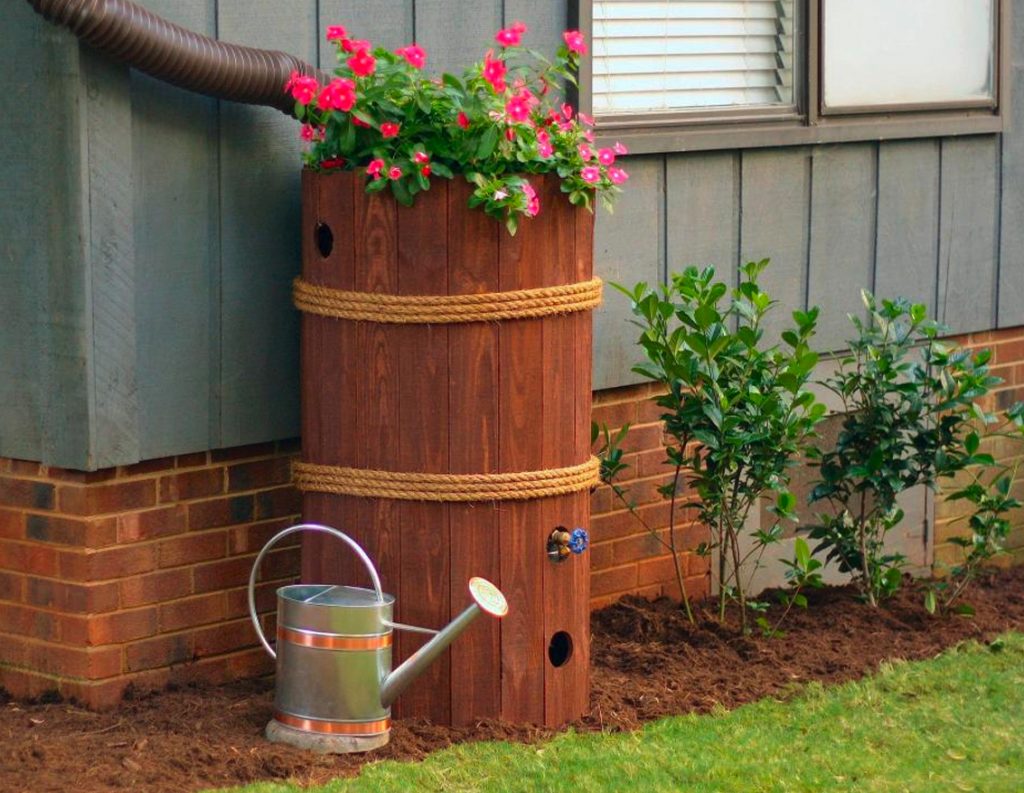
Collect Rainwater to Water Plants
Adding a rainwater barrel to your backyard is a great idea for watering your plants and grass. Even that veggie garden you have started! When you use natural rainwater, your plants won’t just thrive, but you will also conserve your well-water or save you on your municipal water bill! Did you know that after 1 rainfall, a bucket is able to gather up to 1.8 litres of water? That’s almost the same amount as a large bottle of soda! Sometimes rainwater buckets can be unsightly for your backyard, you know, those big ugly blue containers? But! This doesn’t have to be the case. You can create your very own beautiful version of a rainwater bucket. Check out these great DIY’s for some inspiration!
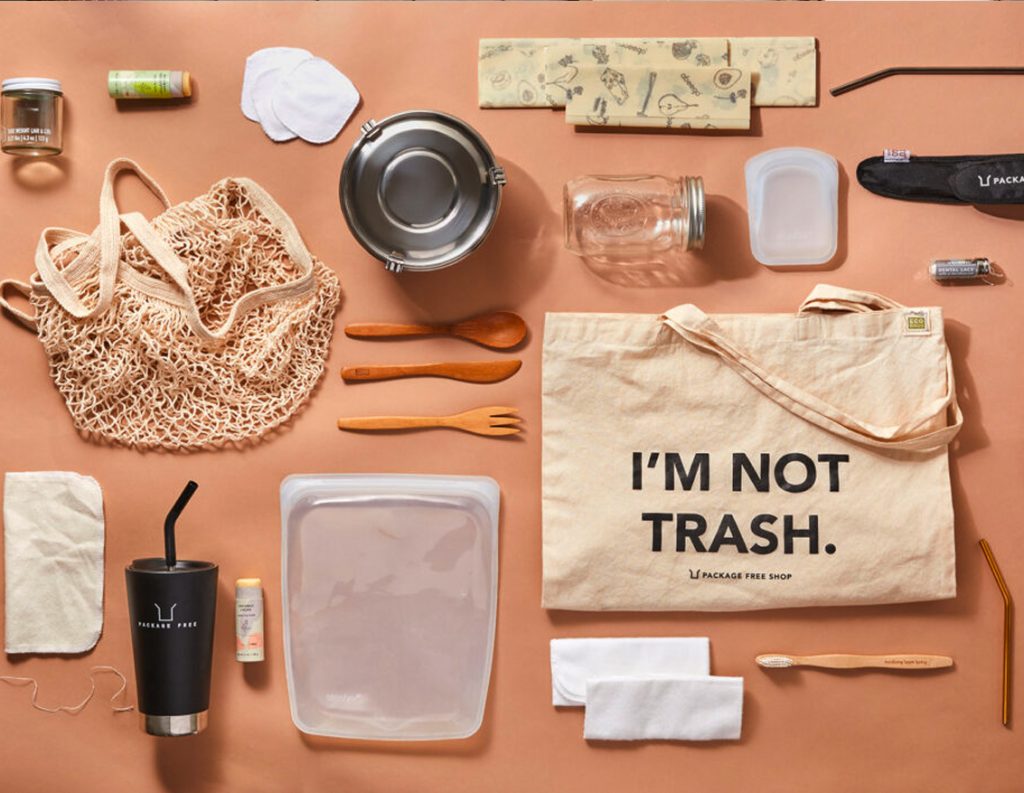
Try "Plastic-Free" Alternatives
Much like the above-mentioned natural products, there is normally an eco-friendly counterpart for the plastic products you are currently using. A few great alternatives to single plastic use include; stainless steel reusable water bottles, bamboo toothbrushes, stainless steel straws, soap bars instead of body washes and dish soaps, unbleached bamboo toilet paper, wooden cutting boards, Norwex window cloths, stainless steel ice trays, reusable Swedish dishcloths, and toothpaste “bits”. Even just purchasing a product that uses compostable material in their packaging is a good alternative to try!
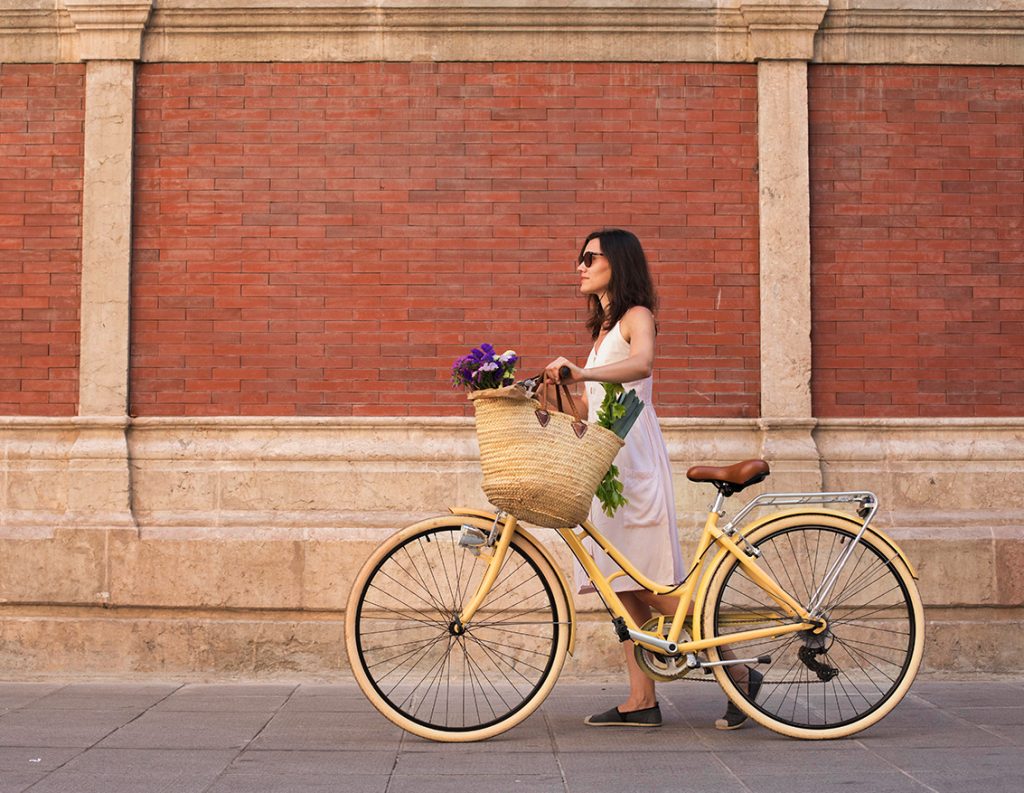
Walk or Bike to the Grocery Store
Depending on how far you live from the grocery store, walking or biking to pick up your items may be a great alternative for you! Not only will you get to enjoy a fresh walk in the outdoors, but you will also reduce your carbon footprint by not emitting carbon monoxide and greenhouse gases into the environment. Of course, it is understandable to bring your car if you live in a rural setting or have a large grocery list that needs to be fulfilled. But, if you are able to walk or bike in your area, there are so many great benefits of doing so. Including getting your daily exercise!
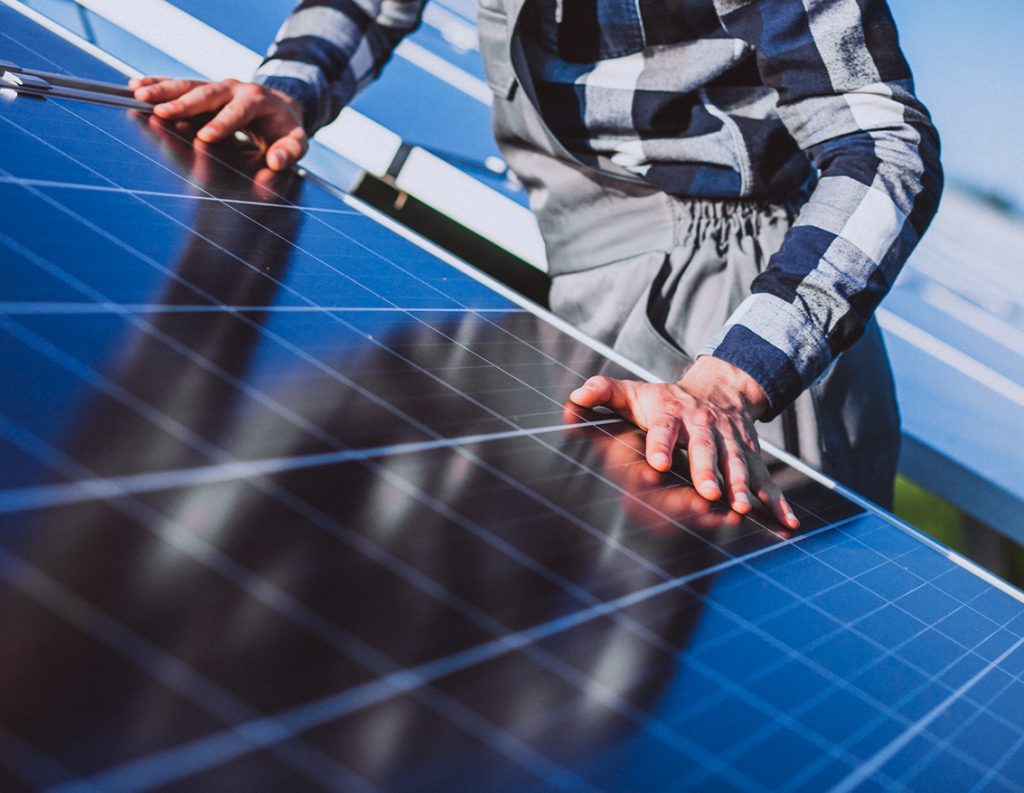
Install Solar Panels
Installing a solar panel system will significantly reduce your carbon footprint. Adding solar energy as a renewable source will cut down your use of fossil fuels. You don’t need to power your entire home with a solar system, you could just add a couple of smaller panels to help offset your electric costs. Installing these panels in your home may be a large upfront cost, however, in time you will notice huge savings on your electricity bill. The cost of electricity is always going to increase year over year, so having your own energy supply is definitely going to save you money over time. On average, it costs between $15,000 – $30,000 to install a solar power system on your house, but they can also save you up to $1,500 a year on your electric bills. So, in 10-20 years, the solar system will essentially pay for itself, all while you are doing your part to save the planet!
In conclusion, we hope you have learned a few easy ways to go a little greener in your home. It doesn’t need to be difficult to be more eco-conscious, it just takes a little bit of time and effort. Once you start thinking in a “greener” way, incorporating alternative products will come naturally and easily. Sometimes it can be hard to get past the higher price tag on some of these products, but it’s good to remember that you won’t need to throw it away as quickly as you might toss its plastic counterpart.
If you enjoyed this article and are looking for other ways to save on energy in your home, check out 10 ways to save on your energy bills!


